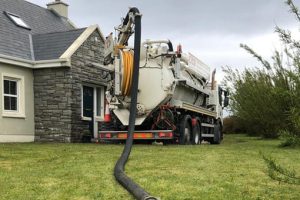Home / Grease Trap And Interceptor Cleaning
Grease Trap Cleaning and Interceptor Cleaning
CES Provide Grease Trap and Grease interceptor cleaning, FOGs from Grease Trap/ Grease interceptor are removed for recycling
We specialise in cleaning grease traps /grease trap maintenance and interceptor cleaning, emptying and maintenance. With our experience & regular maintenance, your grease trap system will operate efficiently and ensure you are in compliance with Local Authority Standards and EPA Guidelines.
Our Grease Trap Cleaning Service supports a wide variety of catering and commercial food services business, such as –
- Hotels
- Pubs
- Restaurants
- Schools
- Canteens
- Golf Courses
- B&B’s
How often do I need to empty the grease trap?
The frequency of grease trap cleaning will depend on the nature of the activity producing the grease. If the grease trap is receiving grease from a utensil washing process it will require much less cleaning then one being used to receive grease from a full service restaurant.
Grease Trap Maintenance
When we service your grease trap / interceptor, we carry out the following activities:
- Grease Trap is fully emptied
- Fully clean the grease trap
- Disposal of grease to an EPA licenced facility
- Waste Disposal Certificate provided
- Out of hours service available to minimise disruption to business operation (at no extra cost)
Before
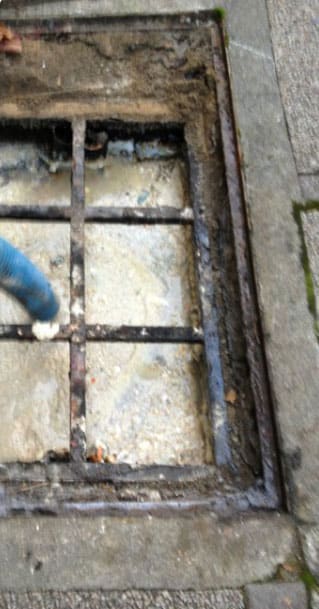
After
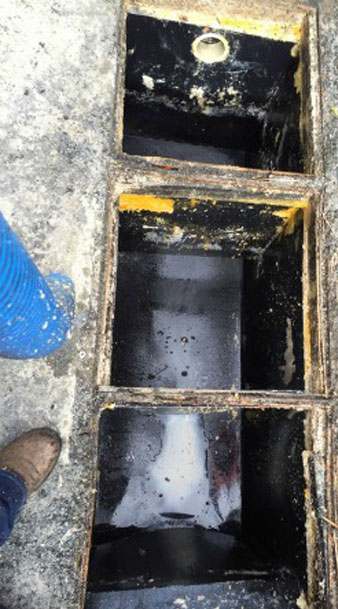
About Grease Traps
Waste fats, oils and greases (FOG) from food service establishments cannot be treated in the wastewater system and must be kept out of the sewers. FOG is does not dissolve in wastewater at normal temperatures. It sticks to surfaces of pipes causing blockages in the sewer system and to the surfaces of equipment in the treatment plant causing further blockages, and equipment breakdown.
The FOG will continue to build up in the sewer line restricting flow, and will eventually cause blockages. Grease Traps All food service establishments should have a trap installed on the waste water outlet to enable removal of FOG. A grease trap works by slowing down the flow of hot greasy water allowing it to cool and the FOG to solidify. The FOG is trapped by ‘baffles’ preventing it from entering the sewer system. The grease must be physically removed from the unit.
Grease interceptors and Grease Tanks
Capture the fats, oil, and grease flowing down kitchen drains and stop them from flowing to the sewer
Why Use CES Environmental Services for Grease Trap Maintenance /Cleaning?
We offer our customers a number of options that we tailor to meet their individual needs. We provide long term maintenance contracts or one off callouts which our trained staff always carry out using one of our Vacuum Tankers. On completion we provide our customers with a certificate of disposal for full traceability and we dispose of the Grease in an environmentally friendly manner at a licensed facility.
Emptying grease traps regularly ensures proper performance and operation and eliminates bad odours, line blockages and the promotion of bacteria in stagnant grease.
CES Environmental Services provide an out of hour’s service. We provide this service at no extra cost so no disturbance is caused to your business while carrying out our work.
Grease Trap Maintenance and Cleaning FAQs
What is a grease trap, and why is it important?
What is the difference between grease trap maintenance and cleaning?
How often should grease trap maintenance and emptying be performed?
What are the consequences of not maintaining and cleaning my grease trap regularly?
- Blocked pipes and drains, resulting in slow or clogged drainage systems.
- Foul odours emanate from the grease trap.
- Increased risk of sewer overflows and environmental pollution.
- Non-compliance with local regulations, leading to potential fines or closures.
How do I know if my grease trap needs cleaning?
- Slow-draining sinks and floor drains.
- Unpleasant odours near the grease trap or in the kitchen.
- Visible grease or solid waste buildup when inspecting the trap.
Can I clean my grease trap myself?
How can CES Environmental help with grease trap maintenance and cleaning?
CES Environmental provides comprehensive grease trap maintenance and cleaning services to ensure your grease trap operates effectively and complies with local regulations.
Our skilled technicians use state-of-the-art equipment to clean and inspect your grease trap, provide recommendations for maintenance schedules, and ensure proper waste disposal in an environmentally friendly manner.
Other Services

CCTV Drain and Sewer Surveying
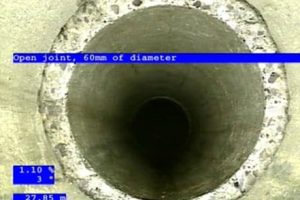
Patch repair
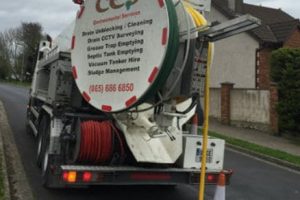
Gully Cleaning
